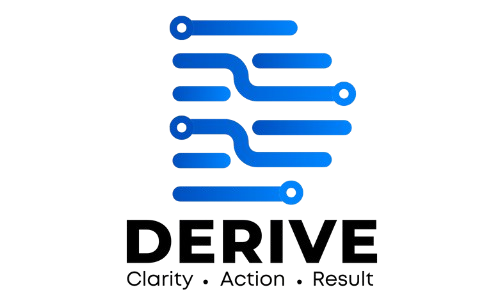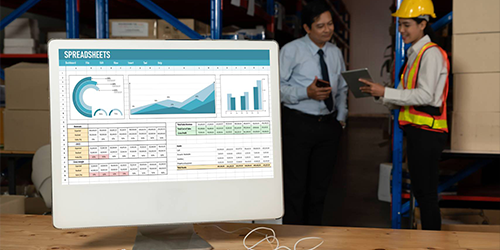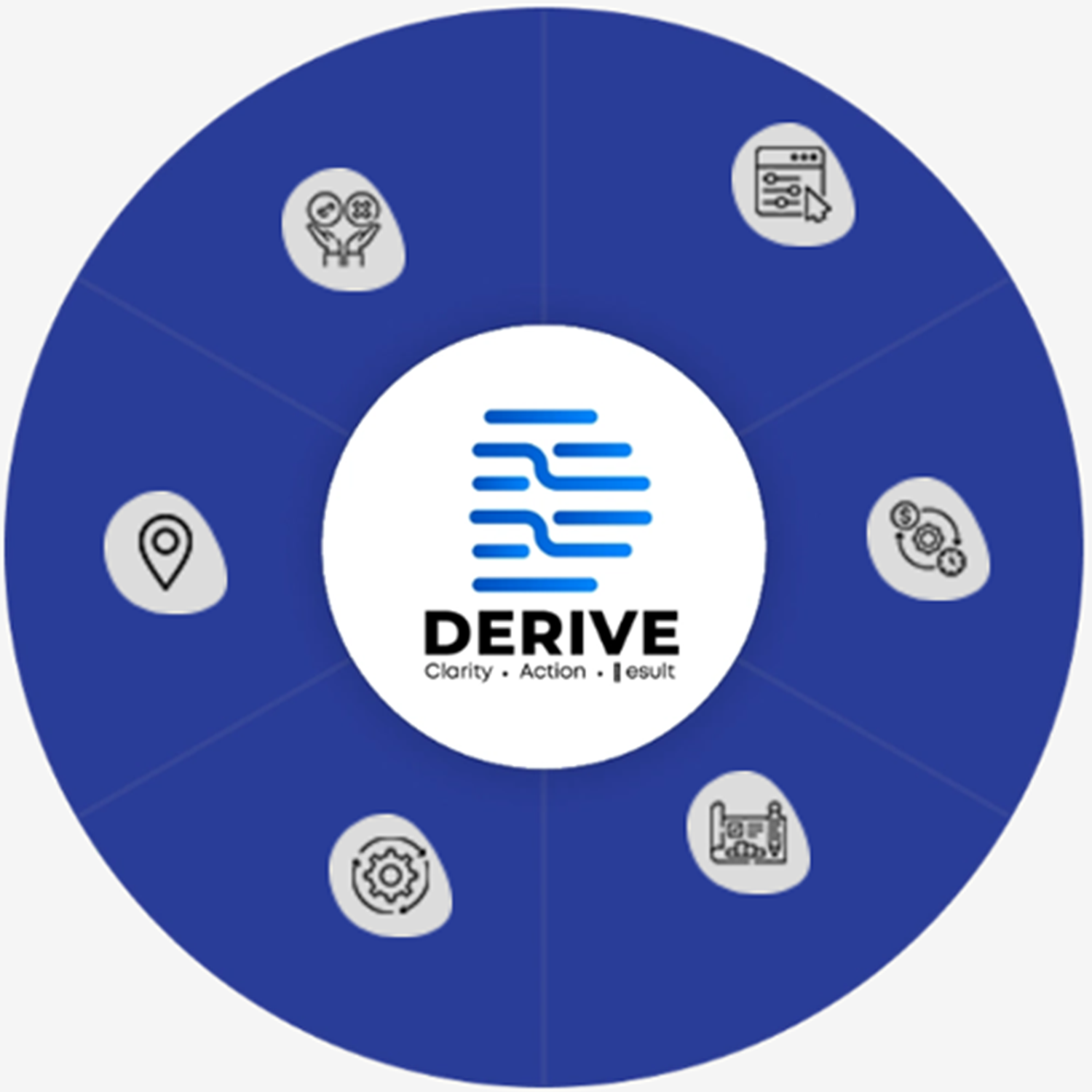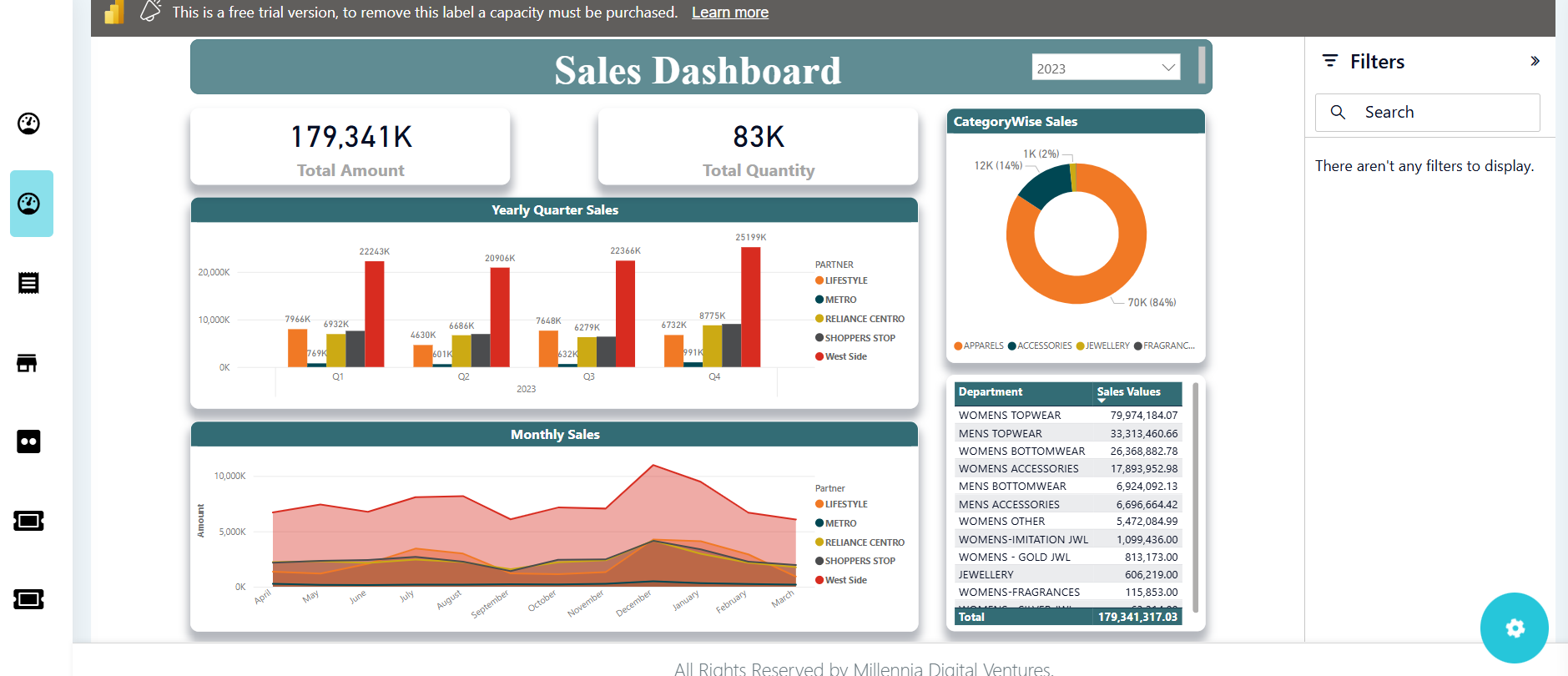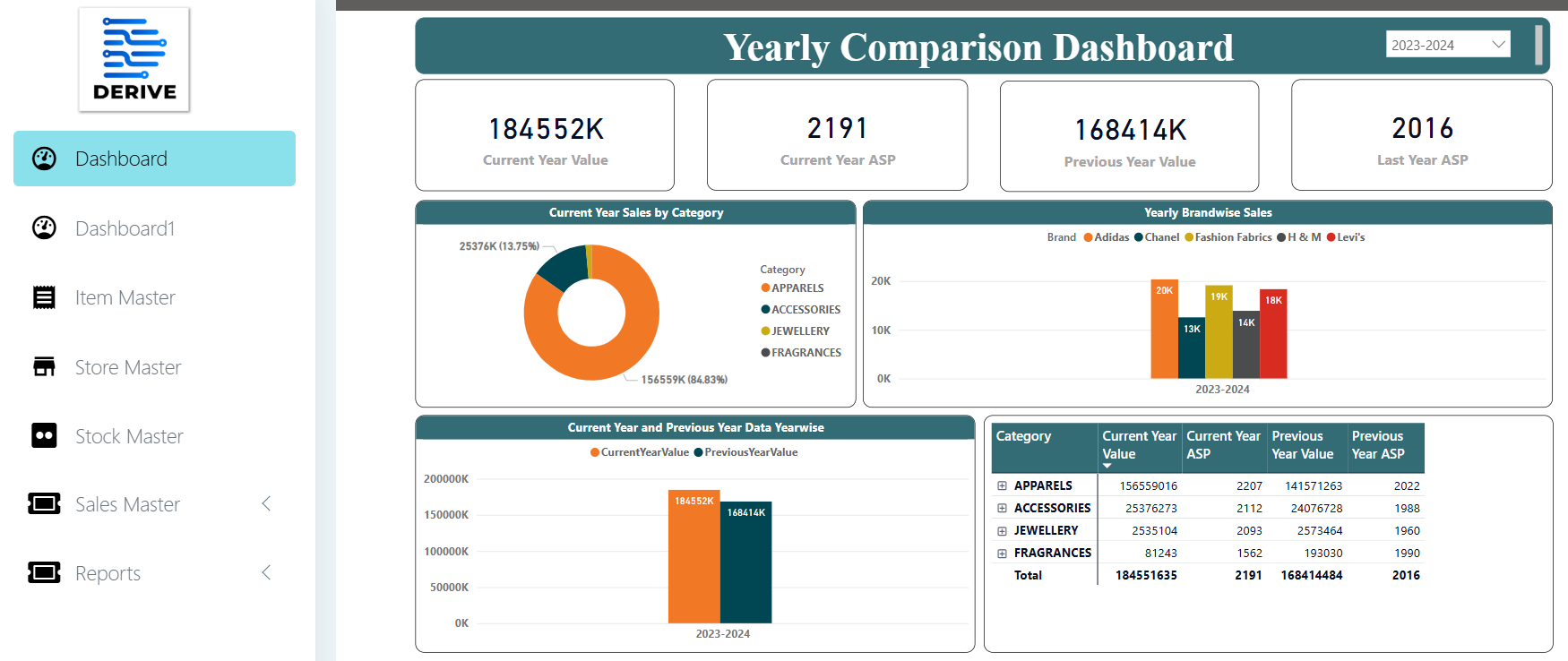DERIVE – Unified Retail Intelligence Platform
Unlock Store-Level Insights & Optimize Retail Performance

 Derive is a smart, data-driven retail intelligence platform built to address the store-level visibility and decision-making needs of modern retail brands.
Derive is a smart, data-driven retail intelligence platform built to address the store-level visibility and decision-making needs of modern retail brands. 
Developed by a team of industry experts who have meticulously identified and addressed the challenges in retail, Derive offers a comprehensive solution to optimize Shop-In-Shop operations. Its versatility and robust analytics make it an invaluable tool for brands seeking improved efficiency, deeper insights, and scalable growth across multiple locations.
Key Functional Modules of Derive
Empower Your Retail Strategy with Derive
From audits to store performance, compliance to on-ground execution — Derive brings all your retail insights into one intelligent platform.
Join leading consumer brands in making data-driven decisions, improving visibility, and scaling smarter.

Improved Visibility Across Locations
Consolidated Data: Large format reports allow for a clear view of sales performance across multiple stores. This helps in tracking overall business health.
Comparison of Performance: Enables side-by-side comparison of sales across various store locations to quickly identify top and low performers.

Enhanced Decision-Making
Data-Driven Insights: Large format reports often present data in a detailed, structured manner, helping managers make informed decisions on inventory, staffing, and marketing efforts.
Trend Identification: By analyzing broad datasets, businesses can identify sales trends, seasonal patterns, and opportunities for sales growth.

Customization and Granularity
Flexible Breakdown: Reports can be broken down by store, department, product category, or time period, offering granular insights into each area of the business.
Tailored to Stakeholders: Different stakeholders can get tailored reports to suit their roles, from high-level summaries for executives to detailed performance reports for store managers.

Increased Efficiency
Centralized Reporting: Large format reports reduce the need to compile separate reports for each store, saving time and reducing administrative burden.
Automation Possibilities: Advanced reporting tools can automate large format report generation, leading to higher efficiency and fewer errors.

Operational Improvements
Inventory Management: Store-level sales data enables better demand forecasting, leading to optimized inventory levels, reduced stockouts, and fewer overstock issues.
Labor Allocation:Sales trends can help determine optimal staffing levels for each store, improving labor cost efficiency and customer service.

Strategic Planning
Market Analysis: A clear overview of store performance allows for the identification of market opportunities, such as where to open new stores or improve existing locations.
Sales Forecasting: Historical sales data can be leveraged to forecast future performance, aiding in strategic planning and budgeting.


